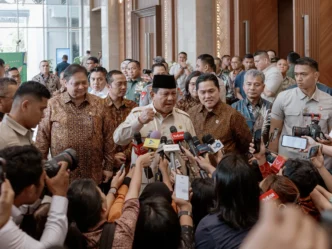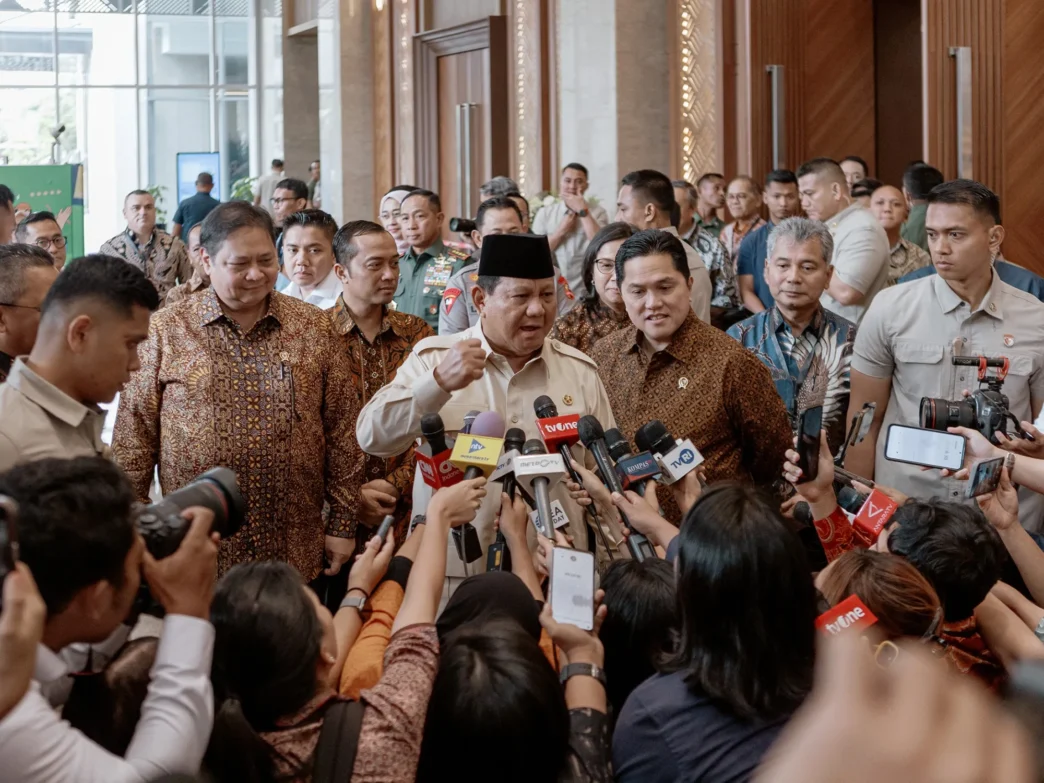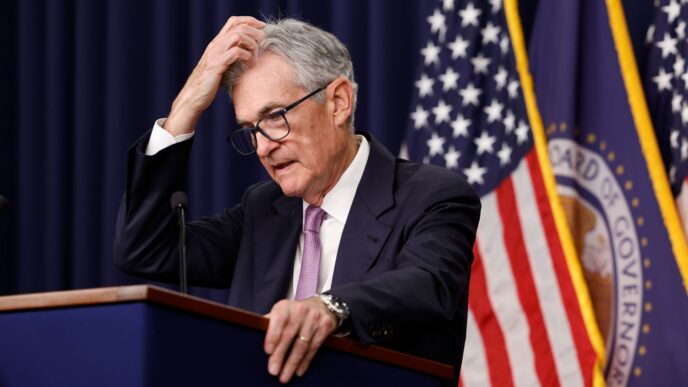Indonesia is witnessing a bold pivot in its political and economic strategy as Defense Minister Prabowo Subianto champions a vision to emulate China’s rapid rise. The move, which blends economic ambition with nationalist rhetoric, signals a shift in Indonesia’s approach to development, industrial policy, and regional influence.
1. Prabowo’s Vision for Indonesia
Prabowo, a former general and perennial political figure, has outlined plans to transform Indonesia into a regional powerhouse through state-led industrial growth, infrastructure expansion, and strategic partnerships with global investors. Central elements of his vision include:
- Industrial Policy Emphasis: Following a model reminiscent of China’s state-guided approach, Prabowo advocates for large-scale manufacturing initiatives to reduce reliance on imports.
- Infrastructure Investment: Massive investments in transportation, energy, and digital infrastructure aim to accelerate connectivity and economic efficiency across Indonesia’s sprawling archipelago.
- Strategic Resource Management: Indonesia’s abundant natural resources, including nickel, coal, and palm oil, are envisioned as levers for both domestic industrialization and global export growth.
2. Economic Implications
The push to emulate China’s development model has far-reaching economic implications:
- Rapid Industrialization: By fostering large-scale industrial projects, Prabowo aims to create millions of jobs while boosting Indonesia’s manufacturing output.
- State-Led Investment: Greater government involvement in key sectors could streamline development but raises concerns about efficiency, transparency, and market distortions.
- Foreign Partnerships: Collaboration with foreign investors, particularly from Asia, is expected to bring capital, technology, and know-how, further fueling industrial expansion.
3. Political Repercussions
Prabowo’s ambitions are shaking up Indonesia’s political landscape:
- Nationalist Support: His vision resonates with voters seeking stronger domestic control over industry and strategic resources.
- Opposition Concerns: Critics warn that heavy state involvement may undermine market competition, increase corruption risks, and heighten dependence on specific foreign partners.
- International Scrutiny: Neighboring countries and global powers are closely monitoring Indonesia’s shift toward a more assertive, China-inspired economic strategy.
4. Regional Geopolitical Context
Indonesia’s pivot is significant within Southeast Asia:
- ASEAN Dynamics: As the region balances relations with the U.S., China, and other powers, Indonesia’s ambitions could influence regional trade, investment, and security arrangements.
- China Model Influence: Prabowo’s approach signals admiration for China’s state-driven growth, highlighting the broader appeal of Beijing’s development strategies across emerging economies.
- Strategic Autonomy: By investing heavily in domestic industries, Indonesia aims to reduce vulnerability to external economic shocks and geopolitical pressures.
5. Challenges Ahead
Despite the ambitious blueprint, several challenges loom:
- Implementation Risks: Large-scale industrial projects require careful planning, regulatory support, and skilled labor, all of which pose hurdles.
- Global Market Exposure: Indonesia must navigate trade dynamics and avoid overreliance on specific partners or commodities.
- Balancing Growth with Governance: Ensuring transparency, minimizing corruption, and fostering sustainable development remain critical for long-term success.
6. Potential Impact on Indonesia’s Future
If successful, Prabowo’s strategy could:
- Transform Indonesia into a regional economic powerhouse akin to China’s model of rapid development.
- Generate millions of jobs and increase domestic value-added production.
- Enhance Indonesia’s geopolitical influence in Asia and on the global stage.
However, missteps could exacerbate political tensions, create financial vulnerabilities, and undermine investor confidence.
Conclusion
Prabowo Subianto’s push to emulate China’s rise represents a defining moment in Indonesia’s trajectory. Ambitious, controversial, and closely watched, this strategy reflects both the opportunities and challenges of adopting state-driven economic models in a democratic, resource-rich nation. The coming years will determine whether Indonesia can successfully balance growth, governance, and regional influence under this bold vision.
















